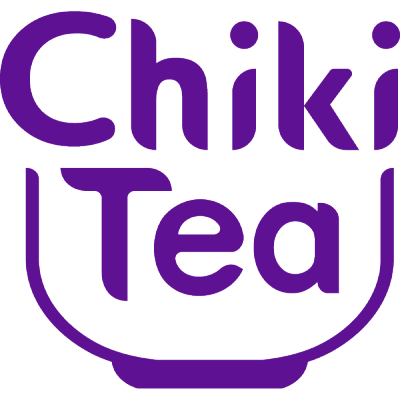WILD Organic Tamaryokucha (3)
- Holly Helt
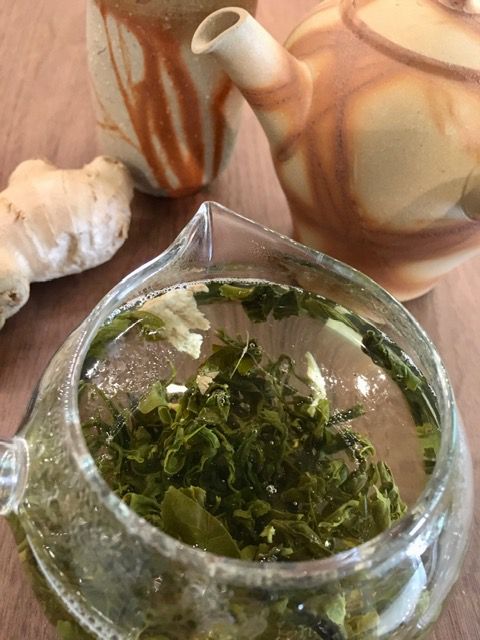
This is the final part of the WILD Organic Tamaryokucha review from tea that has been hunted and processed by the lovely folks at Country Friend Farms on the Japanese island of Shikoku.
Shikoku lies to the south of Honshu, near Okayama Prefecture, and just northeast of Kyushu. It’s a very rural area where farming is the predominant industry, however Shikoku is not known for tea. It’s easy to confuse Shizuoka, the largest tea production area, with Shikoku, at least for foreigners because they sound so familiar…and auto correct has a major issue with it!! Apologies if you read the previous posts which have included that mistake!
For the final two teas I tasted in the set of 8, I found them to be some of the most interesting of the collection! And this was by pure chance!
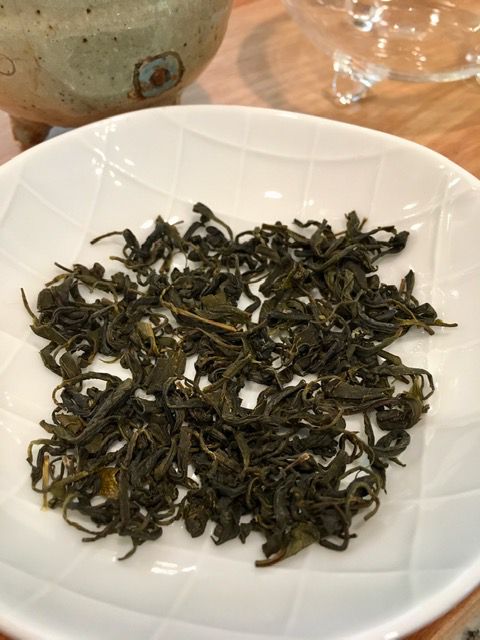
Yotanbo-you (yo-tahn-bo-yo-oo)
This tea name uses the Tosu dialect in Shikoku and this is where I got seriously lost in translation and so did a Japanese translator from north of Tokyo! The ending of the tea name, pronounced yo-oo, means drunk in Japanese so we thought this was a tea for hangovers. Well, not quite! The actual meaning is “this tea is so remarkable that you will notice it even if you are drunk!”
And for those of you readers studying real life Japanese, the kanji for yo-oo (よう)is the same as futsuka-you, or second day drunk, and in English, hangover! See how we got confused?!
OK so now that the name is clear, it is indeed a noticeable tea! The leaves are from seedlings that have been left to grow wild without any interference or cultivation. The farmers say this unique tea gets its power from the sun because they only hunt leaves that have been directly in the sun and pick only new leaves, which they refer to as sprouts.
Many of the previous teas in this series have had a floral “oolong” quality, but not this one. It’s a deep traditional pan-fired tamaryokucha, where the tea has been hand turned in a wok under a gentle wood fire. A tamaryokucha, also known as guricha for the curly leaves, can also be steamed but this is pan-fired similar to a kamairicha but not as hot a flame.
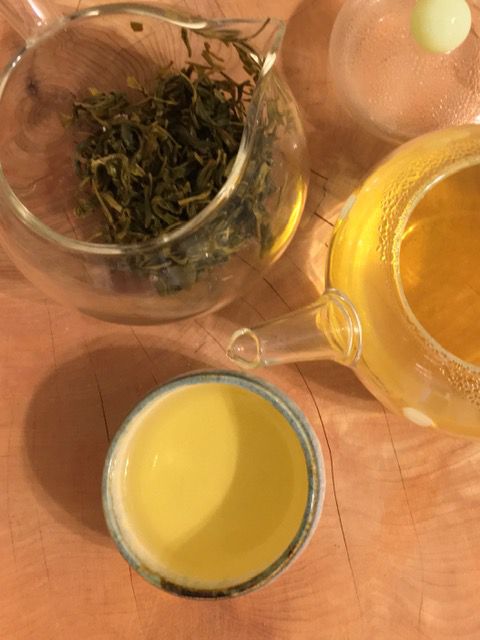
Combined with the astringency of a sencha, due to the direct sunlight, and the firing in the kama, the taste is on the dry, almost citrusy side with a hint of smokiness, though not as smokey as a kyoubancha (smoked houjicha) from Kyoto. It also has a smoothness to it with a subtle sweet caramel note like a houjicha. It’s a deep tea that would indeed elicit a comment if you were drinking it while drunk!
Shouga-iricha
Usually the tea snob in me rears it’s ugly head when I find a Japanese tea that has been blended with something other than a different cultivar of Japanese tea. It’s just not the done thing! I don’t care how many brands try to do it to appeal to a western palate. No lemon sencha is going to win my vote no matter what!
So I was quite surprised to find that a Japanese group of farmers did it! The result? ASTOUNDING! But here lies the difference in the western and the Japanese blender: subtly!
The Country Friend folks took the highest quality (riguru sancha meaning pinnacle of quality perfection) from seedlings grown wild and untouched in the Shikoku mountains and then added just a tiny hint of organic sun-dried golden ginger.
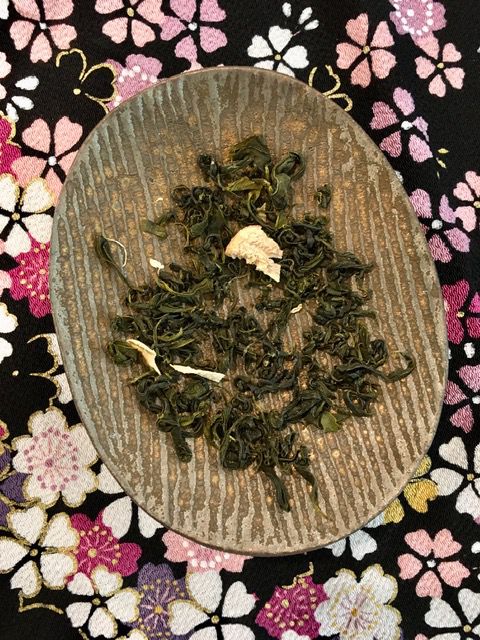
Looking at the dried leaves in the photo, you can see the ratio pretty clearly. This tiny hint of ginger means that you can’t quite identify the taste because it’s more like a hidden sensation. If you catch a whiff of the fragrance, that might give away the secret because it’s the only way to identify ginger is in the blend. The fragrance starts warming you at the first catch of the aroma.
The friendly farmers said they created this blend to invoke the heat of the wok so that the drinker would reminisce about how the tea was produced. WOW that’s creative! And it works…when you sip the tea, you don’t taste ginger at all but the moment it hits your tongue, you get a fiery tingle followed by the depth of a very high quality pan-fired tamaryokucha. In fact, it is such a mesmerizing tea that I couldn’t stop steeping pots of it! I was able to get four nice steeping and then eat the leaves like they recommended…I added a dash of raw Osawa soy sauce. Yes, it’s the pinnacle of perfection!
We were trying to get in touch with the farmers to see about getting this rare tea collection for any interested readers but due to the Covid-19 situation, they are not able to produce any in the near future. Still, if you are interested, send me an email and I will put you on the list should some become available. holly@chikitea.com
In the meantime, you could try our own Tamaryokucha called Samurai.

About Holly Helt
Holly is American and grew up in Japan drinking Japanese tea from age-three. She has studied two methods of tea ceremony, Urasenke and the lesser-known Yabunouchi, which has a direct lineage to Sen-no Rikyu (known as the father of the tea ceremony) ; it's also the school of practice for samurai. In 2012 she founded Chiki Tea - an online retailer of Japanese green teas, all sourced directly from small farms in Japan. Splitting her time between Japan and her home in Texas, Holly strives to bring the best teas from Japan to as many people as she can find to share in her life's passion.
